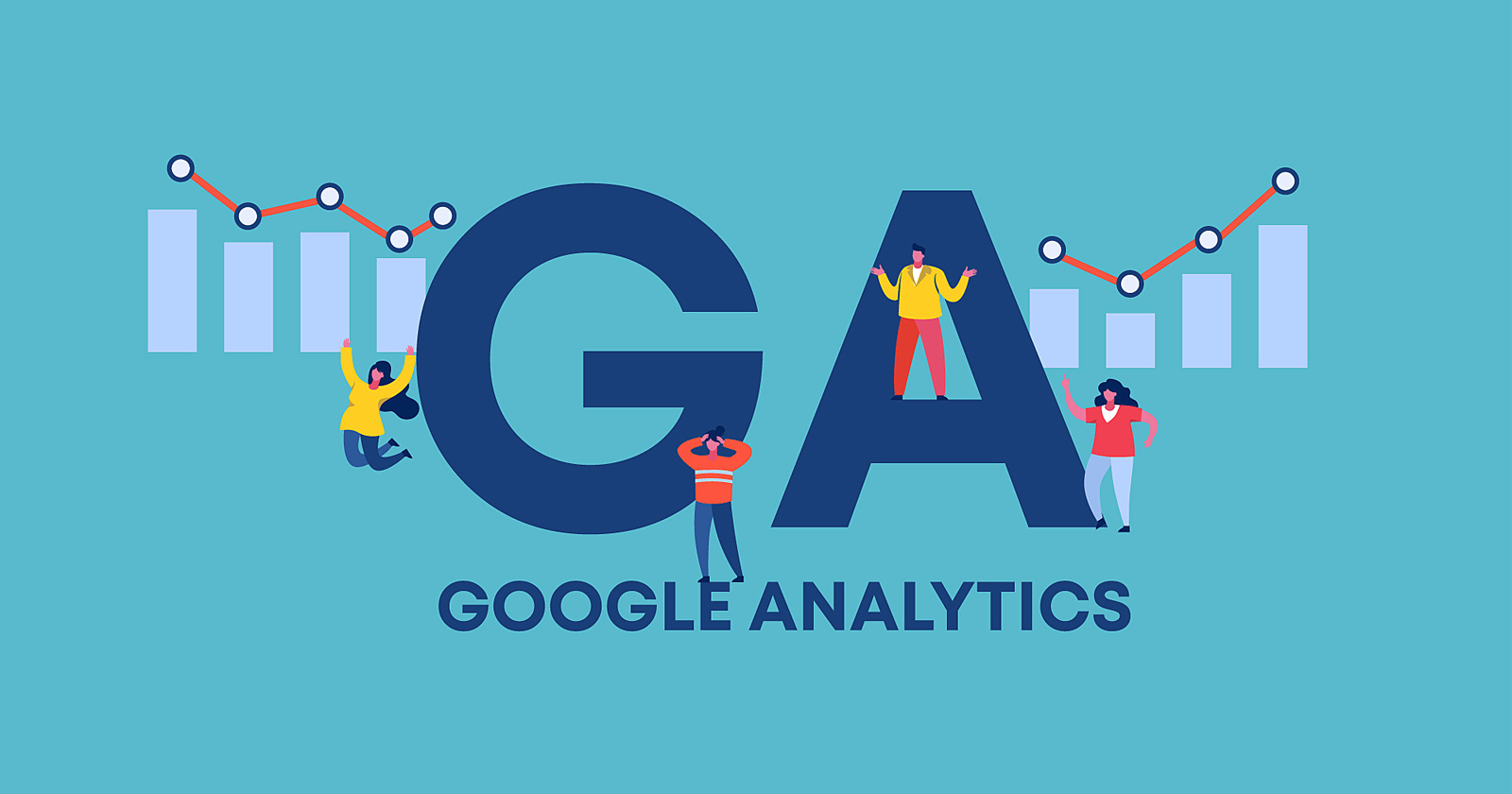Unlocking the Power of Second Measurement Analytics for Enhanced Information Insights and Decision-Making
In the world of information analytics, key measurements commonly take the spotlight, however truth depth of understandings exists within the realm of secondary measurements. These extra data factors provide a nuanced point of view that can illuminate patterns and partnerships not readily evident in the beginning look. By harnessing the power of additional measurement analytics, organizations can introduce covert patterns, uncover relationships, and remove extra significant final thoughts from their data. The possibility for boosted decision-making with the application of these secondary measurements is huge, guaranteeing a deeper understanding of intricate information sets and leading the way for even more informed tactical selections.
Relevance of Secondary Measurements
Discovering the importance of additional measurements in analytics introduces the surprise layers of data understandings vital for educated decision-making in numerous domains. Second measurements provide a much deeper understanding of key information by offering additional context and viewpoints. By including additional dimensions right into analytics, organizations can extract more nuanced and thorough understandings from their datasets.
One secret importance of additional measurements is their capacity to section and categorize primary data, permitting for a more in-depth evaluation of specific subsets within a dataset. This segmentation makes it possible for services to identify patterns, patterns, and outliers that could not appear when considering the data in its entirety. Additional dimensions help in revealing correlations and dependences in between different variables, leading to more exact forecasting and predictive modeling - secondary dimension.
In addition, additional measurements play an important role in improving information visualization and reporting. By including additional dimensions to visualizations, such as graphs or charts, analysts can produce more useful and insightful representations of information, facilitating far better interaction of findings to stakeholders. In general, the integration of secondary measurements in analytics contributes in opening the full capacity of data and driving evidence-based decision-making.
Secret Advantages of Making Use Of Additional Measurements
Making use of second measurements in analytics provides organizations a calculated advantage by augmenting the depth and granularity of information insights. One essential benefit of integrating secondary measurements is the capability to sector and filter information, allowing for a much more thorough analysis of certain aspects within a dataset. This segmentation makes it possible for companies to acquire a much more nuanced understanding of their audience, performance metrics, and various other important data points. By studying information using additional measurements such as time, location, gadget kind, or individual demographics, organizations can uncover patterns, patterns, and relationships that might otherwise stay surprise.
Moreover, the use of second measurements boosts the context in which primary data is analyzed. It supplies a more comprehensive sight of the partnerships between different variables, enabling companies to make educated choices based upon a much more all natural understanding of their information. Furthermore, additional measurements facilitate the recognition of outliers, abnormalities, and areas for optimization, eventually bring about much more reliable techniques and enhanced end results. By leveraging additional measurements in analytics, companies can harness the complete possibility of their data to drive better decision-making and achieve their business objectives.
Advanced Information Analysis Methods
A deep dive right into advanced information analysis strategies exposes advanced techniques for drawing out beneficial insights from complex datasets. One such method is maker knowing, where algorithms are utilized to identify patterns within data, anticipate outcomes, and make data-driven decisions. This technique permits the automation of analytical version find more structure, enabling the processing of large quantities of information at a quicker speed than typical methods.
One more innovative technique is predictive analytics, which uses analytical algorithms and machine understanding strategies to forecast future end results based on historical information. By evaluating patterns and fads, businesses can expect client actions, market fads, and possible dangers, empowering them to make proactive choices.
Furthermore, text mining and sentiment analysis are useful techniques for removing insights from disorganized information resources such as social networks comments, customer testimonials, and survey feedbacks. By analyzing text data, organizations can understand consumer opinions, determine arising fads, and enhance their services or products based on comments.
Enhancing Decision-Making Via Second Measurements
Enhancing decision-making with second measurements makes it possible for organizations to make even more notified and targeted strategic options. For instance, by segmenting consumer information based upon second dimensions like acquiring background or interaction degrees, companies can customize their advertising and marketing strategies to certain audience sections, resulting in improved conversion prices and client satisfaction. navigate to this website Additionally, additional dimensions can assist recognize relationships and relationships in between different variables, allowing companies to make data-driven choices that drive development and productivity.
Executing Additional Dimension Analytics
When incorporating secondary dimensions in analytics, companies can open deeper insights that drive critical decision-making and boost overall efficiency. This requires recognizing the details inquiries the organization seeks to answer and the data factors required to address them.

Moreover, companies must leverage progressed analytics tools and technologies to enhance the procedure of including secondary measurements. These tools can automate data handling, analysis, and visualization, permitting companies to concentrate on interpreting understandings instead than hand-operated information control.
Conclusion
In final thought, additional measurement analytics play a vital function in improving data understandings and decision-making procedures. By utilizing innovative data evaluation methods and carrying out additional measurements efficiently, organizations can open the power of their data to drive over at this website calculated service decisions.
In the realm of data analytics, key dimensions frequently take the spotlight, but the true deepness of understandings lies within the world of second measurements.Using second dimensions in analytics provides companies a tactical benefit by enhancing the deepness and granularity of information understandings. By leveraging secondary dimensions in analytics, companies can harness the complete capacity of their information to drive far better decision-making and attain their service objectives.
Applying information validation procedures and regular audits can help maintain information high quality and reliability.
By using advanced information evaluation techniques and executing secondary dimensions properly, companies can unlock the power of their information to drive calculated business decisions.